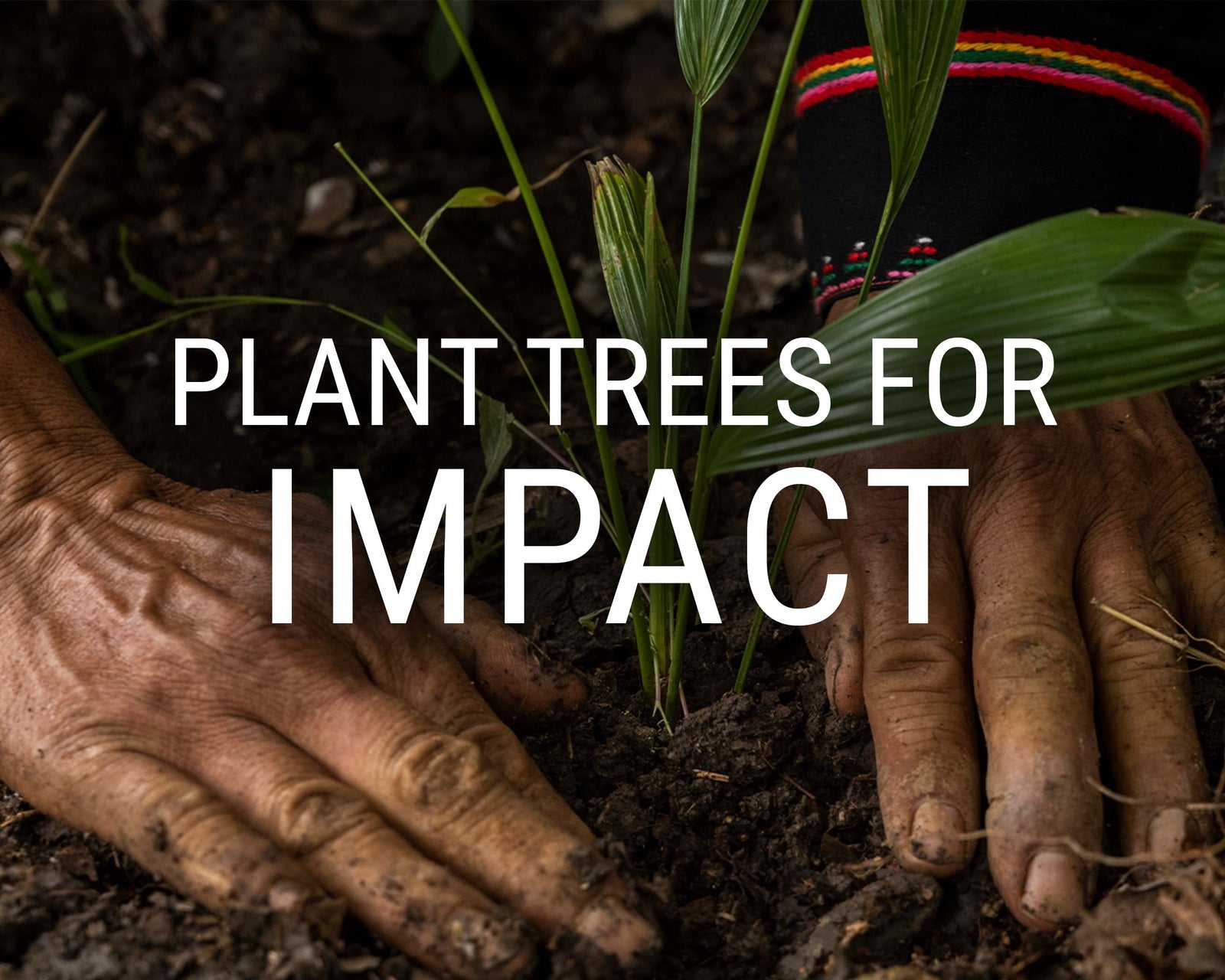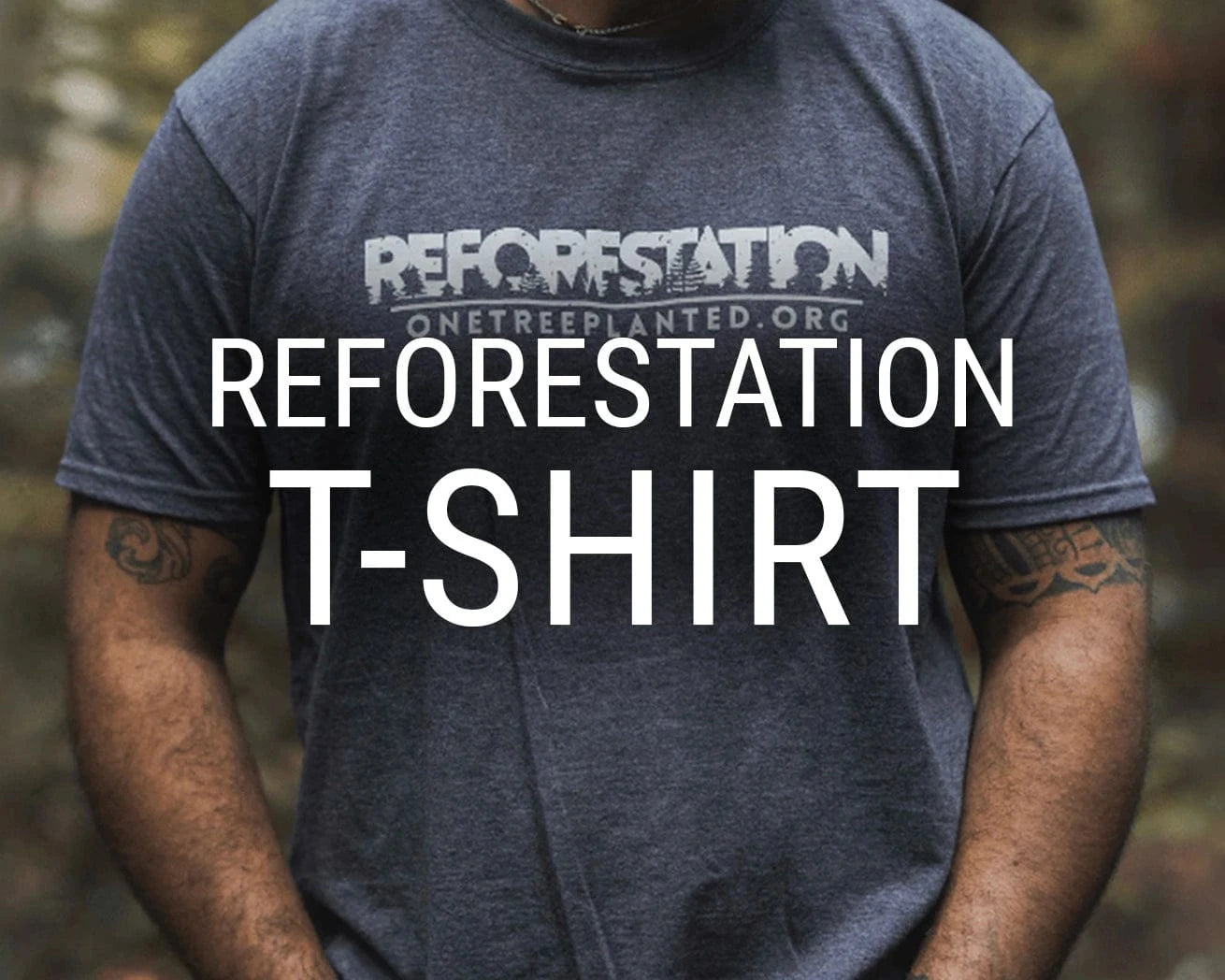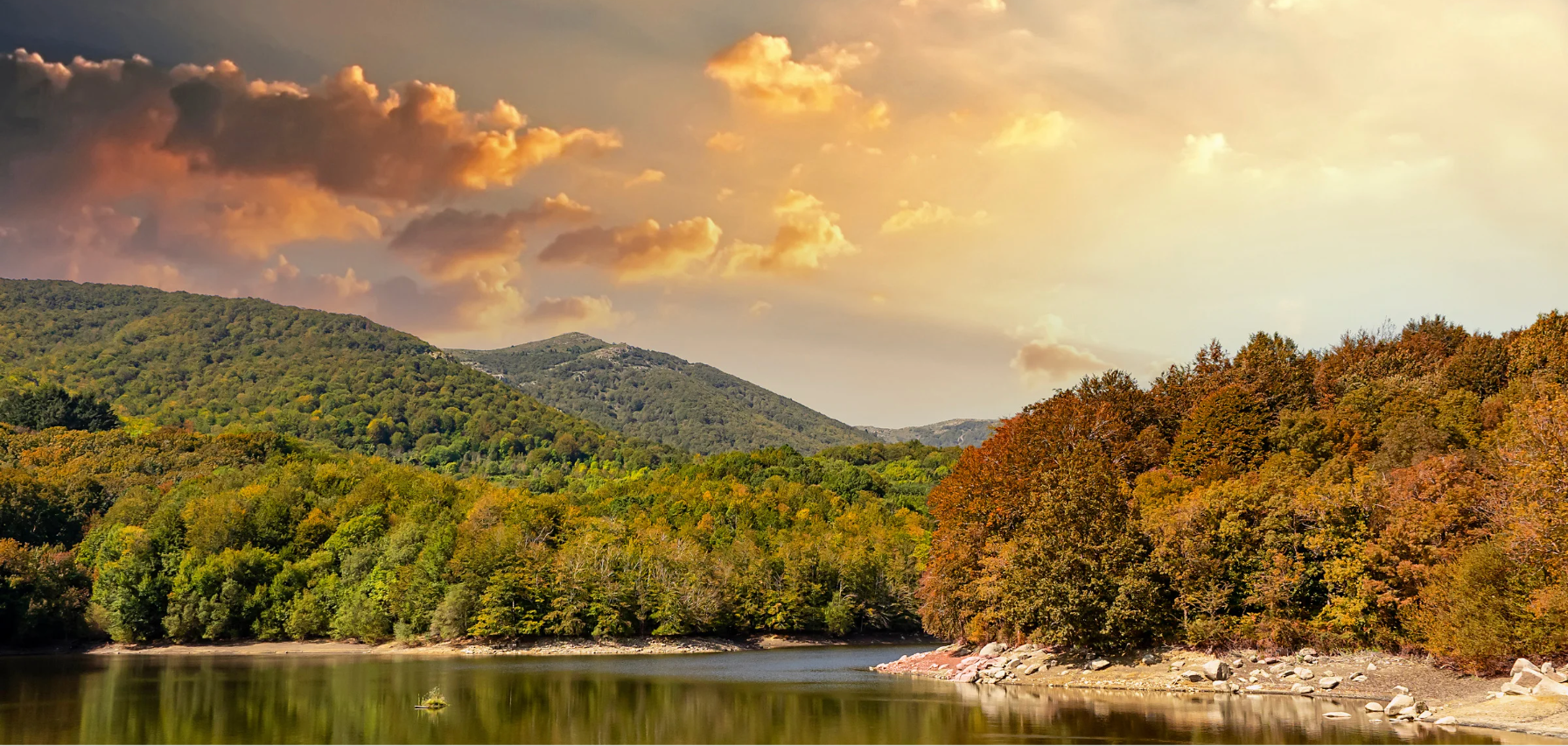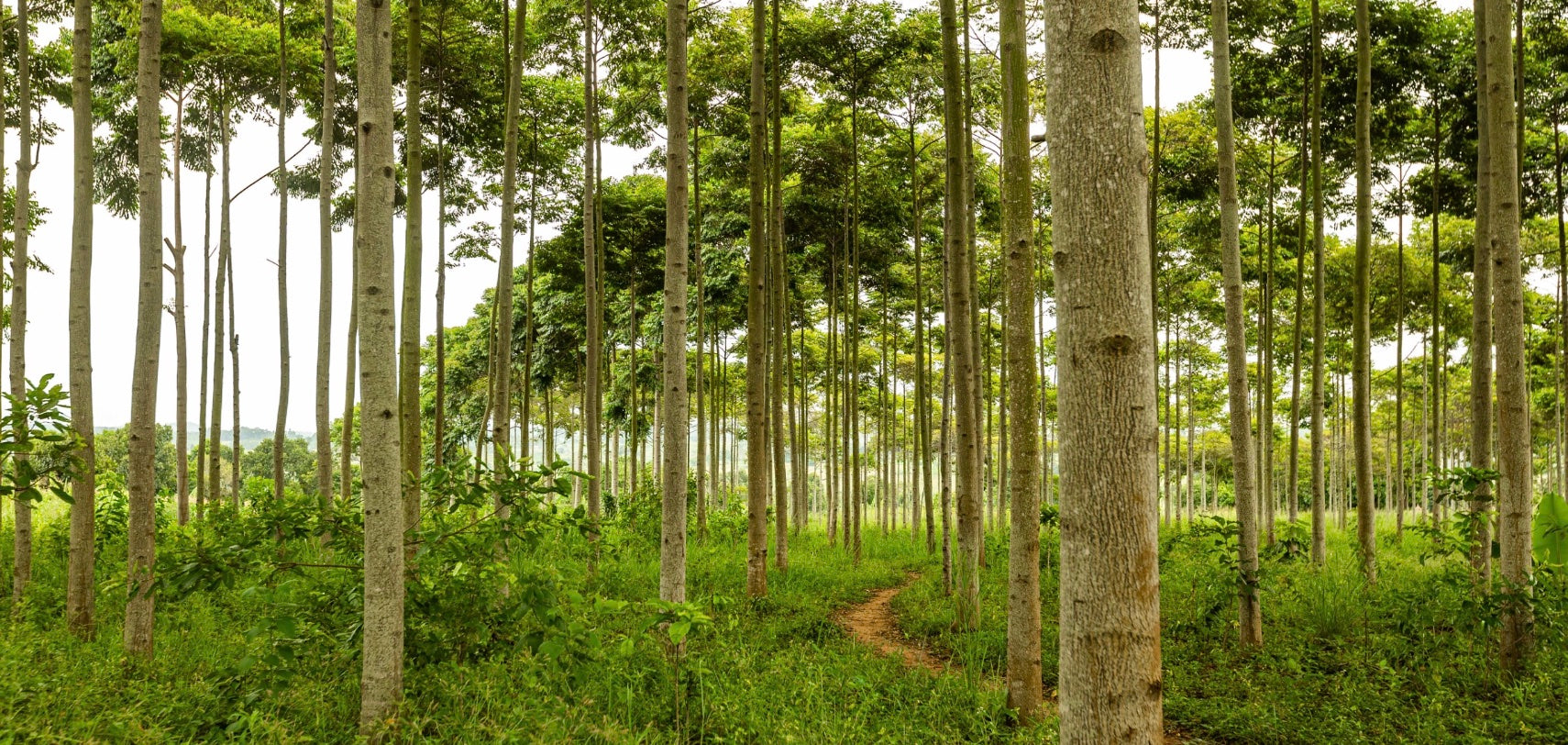Global Warming vs. Climate Change:
Why Words Matter
Joseph Coppolino | June 17, 2019 | 4 min read
What is the Difference between Global Warming and Climate Change?
IF you’ve been reading up on how to reverse the impacts of our planet’s changing climate, you’ve probably come across two key terms: global warming and climate change.
While they are often used interchangeably, global warming and climate change are two distinct processes which cannot be totally separated.
Both terms have been a part of the climate science lexicon for some time, even stretching back some 100 years!
WHAT IS GLOBAL WARMING
Global warming refers to a steady and consistent rise in global temperatures and is therefore only one aspect of the broader phenomenon of climate change. Though the Earth’s temperature fluctuates over long periods of time (hundreds to thousands of years), the term global warming most commonly refers to the rising temperatures brought on by human activitiesover the last 100 to 150 years.
This increase is caused by an excess of greenhouse gas emissions (carbon dioxide, nitrous oxide, methane, ozone, and water vapor) in the Earth’s atmosphere - mainly due to the burning of fossil fuels since the industrial revolution. As the level of emissions trapped in the Earth’s atmosphere continues to rise, so to do global temperatures.
These gases build up and trap in heat from the sun. If it weren’t for those gases, that heat would normally be radiated back out into space. Instead, the sun’s energy stays within the Earth’s atmosphere, causing the hothouse (greenhouse) effect first observed by Arrhenius back in the 1800s.
Every year over the past decade, CO2 concentrations (the most common greenhouse gas) have been steeply rising and are now at their highest levels in more than 60 years of observation. 2016 was the hottest year on record, with 2020 coming number #2 as the Earth's second hottest year.

WHAT IS Climate Change
Climate change, on the other hand, is a long-term change in the Earth’s weather patternsbrought on by those same greenhouse gas emissions. While climate changeincludes rising global temperatures, it also comprises of many other impacts those greenhouse gases are having on the planet, which even includes some regions getting colder!
Just as fluctuations in Earth’s temperature is natural, a changing climate is a natural aspect of life on Earth. Systems like El Niño and La Niña can cause dramatic fluctuations in weather across large areas of the plant for months or even years. However, the term climate change refers to unexpected, abnormal, and longer-term changes brought on by human activity.
The effects of climate change include a broad range of changes, which, over the last century, have become undeniable. There have been more droughts, floods, and heatwaves, sea levels have risen, biodiversity has been lost, and wildfires and hurricanes have become more intense than ever before. All of which point to a dramatically and rapidly changing climate.
Where global warming refers to one process (rising global temperatures due to increased greenhouse gas production), climate change encapsulates all the symptoms experienced as a result of pollution and greenhouse gas production damaging and altering our environment.
Furthermore, there's a new term making waves and used with increasing frequency lately: Climate Crisis. Spurred partially by the youth climate movement, climate crisis or climate emergency are now being used to reference the urgency with which we must address these challenges. A crisis sounds pretty scary, as does the prospect of increasing environmental disasters, so maybe we haven't been doing ourselves any favors by sugarcoating it all these decades.

The origins of the term GLOBAL WARMING AND CLIMATE CHANGE
Scientists have been researching the impact of burning fossil fuels and global industrialization on our planet’s climate since the 1800s.
Swedish scientist and Nobel prize winner in chemistry Svante Arrhenius was the first to calculate the impact of increased carbon dioxide levels on global temperatures, and linked coal production and higher concentrations of atmospheric CO2, all the way back in 1896.
Recognizing the connection between elevated CO2 and higher atmospheric temperatures, Arrhenius used the term ‘hothouse’ to describe the phenomenon, a term closely associated with the now more commonly used ‘greenhouse’ effect.

For nearly a century following Arrhenius’s discovery, scientists understood that human activity was having an impact on the changing climate, however, they debated whether or not the planet would become colder or warmer. Scientists used the term ‘inadvertent climate modification’ to capture their uncertainty.
It wasn’t until the mid-1970s when geophysicist Wallace Broecker, often referred to as the grandfather of climate science, published a paper claiming the planet may be “on the brink of a pronounced global warming.”
From there, the term began picking up steam. Global warming was referenced by the National Academy of Science as well as NASA in the late 80s, and the term climate change was used to reference all the other impacts that increasing global temperatures might have on weather patterns around the world.
While the reason for the transition away from using global warming in favor of climate change gets a little convoluted (for one, a secretive political memo issued in the early 2000s suggested the switch because it sounded less “frightening”), the use of climate change was ultimately adopted for its broader interpretation of the changes being experienced beyond just rising temperatures.

Taking action
Understanding the difference between global warming and climate change is important for facing the challenges brought on by these processes. One cannot solve the problem of intensifying storms, prolonged droughts, or exceptional flooding without addressing the factors causing global warming at the same time.
And there are many solutions out there! Reducing our dependence on fossil fuels is obviously at the top of the list, along with switching to renewable energy sources, like solar or wind power. We can also put an end to wide-scale deforestation, a major global contributor to CO2 emissions, and plant trees instead!
In the end, anything that can reduce the amount of greenhouse gases in the atmosphere will help to slow and reverse global warming, and reduce the impact of climate change. You can also check our tips on 20 ways to help fight climate change and if you're looking to do something today, considering planting a tree to help the planet!











